Augmented Reality is the convergence of fact and the digital international. It ushers in a whole new age of innovation, transforming our interactions with the outdoor world. This exploration of AR apps sheds light on trailblazers who are pioneering immersive experiences. AR is changing the face of gaming and revolutionizing industries like education, healthcare, and retail. It has gone beyond science fiction.
We’ll take you on a journey to satisfy the leading AR innovators in the world. They are developing apps and crafting experiences that blur the line between the virtual and physical worlds. We’ll also explore the key criteria that can be used to identify and select the best AR companies. We’re going to explore augmented reality in a way that has never been done before.
Devstree Australia: #1 AR app Development Company
Devstree Australia is a leader in AR application development. Its modern solutions and its unwavering determination to excellence are renowned. Devstree Australia, with over 10 years of enjoyment inside the cellular and net app development enterprise, has received its clients’ consideration. The corporation is an expert in developing immersive AR reviews. It has a crew of skilled developers and architects who can always provide tailored solutions for various industries. Devstree Australia is committed to staying at the cutting edge of technology, ensuring that its clients get customized AR development tailored to their needs.
Address: 21 Percy St, Gladesville NSW 2111, Australia
Website: https://www.devstree.com.au/
Contact Number: +61 478 224 203
Chaos Theory: Best AR App Development Agency
Chaos Theory is a leader in AR application development and has quickly gained prominence. It lives up to its brand by developing robust AR apps. Its seamless combination of technical knowledge and creativity demonstrates the company’s commitment to lasting solutions. Endless Dynamics is Chaos Theory’s trademark, ensuring that customers receive reliable and innovative AR experiences. Chaos Theory, with its short history in the AR industry, has left a lasting impression, showing how forward-thinking and dedication can lead to success.
Address: Level 4 / 67-69 Regent Street Chippendale, NSW, 2008 Australia
Website: https://www.chaostheorygames.com/
Contact Number: (+61) 02 9099 5787
Noble Steed Games:
The company uses its unique development process, expertise in technology, culture, and experience to ensure the success of the game. Noble Steed Games quickly gained attention for its dynamic approach to creating immersive AR experiences, despite its youth. Its commitment to modern technology and innovation makes it a leader in the AR industry. Noble Steed Games is a company that focuses on delivering innovative AR apps.
Address: Suite 13/50, Reservoir Street Surry Hills 2010, Sydney, Australia
Website: https://noblesteedgames.com/
Mode Games:
Mode Games is making waves with its fresh approach and innovative perspective in AR application development. The company has quickly become a leading player despite its young age, due to its dedication to staying on the cutting edge and its innovative approach. Mode Games puts a high priority on user-centric design, cutting-edge practices, and ensuring clients get modern AR applications that are tailored to meet their changing needs.
Address: Suite 709, 250 Pitt St. Sydney NSW Australia 2000
Website: https://www.mode-games.com/
Lets Nurture:
Lets Nurture is renowned for its innovative spirit and technical expertise. It consistently delivers advanced AR applications to diverse industries. Its success record and commitment to quality make the company a trusted partner among businesses looking for bespoke AR applications.
Address: Suite 9.02, Level 9, 175 Castlereagh Street, Sydney2000 NSW Australia
Website: https://www.letsnurture.com/
Contact Number: (02) 8006 7030
Criteria for Selecting the Best AR App Development Companies
In selecting the most suitable Augmented Reality (AR) app development firm, several crucial factors should be considered in your selection procedure. The following are the top four elements to be considered when reviewing and choosing the most suitable AR app development firm:
Technologies Stack and Innovation
It’s important to evaluate companies based on their ability to use the most recent AR tools for development such as frameworks, platforms, and frameworks. We look for companies that give back to this AR community, conduct research, and integrate new technologies like ARKit, ARCore, or WebAR into their plans.
Flexible and Customization
The capacity of a business to customize solutions that meet your specific project’s requirements is essential. We examine each business’s customized capabilities, evaluating their capability to comprehend the needs of specific projects and offer bespoke solutions to meet your needs.
The User Experience (UX) Design
The success of an AR application depends on the user’s experience. We therefore carefully examine businesses that place a high value on an intuitive, user-friendly interface in the design of their AR applications. Our evaluation covers interaction design, user interface design, and overall functionality to guarantee a great user experience.
Post-Development Support and Maintenance
Businesses that provide robust post-development maintenance and support can be extremely beneficial. We want to know how they go about handling updates, fixing problems, and fixing any problems that might occur following the AR application’s launch. Priority will be given to businesses that demonstrate a dedication to offering prompt post-development support.
When you carefully evaluate AR application development companies by these crucial factors, you will be able to pick a vendor that will align with the goals of your project and needs.
In conclusion, these five AR app development companies represent the pinnacle of innovation and excellence in Australia. They are leaders because of their unwavering dedication to pushing boundaries and delivering immersive experiences. We can see from their stories that their impact on the industry is a result of their dedication, their evolution, and their adaptability. Devstree Australia recognizes the contributions of these innovative companies to the development of AR and the enhancement of the technology we use.






.svg)

.svg)


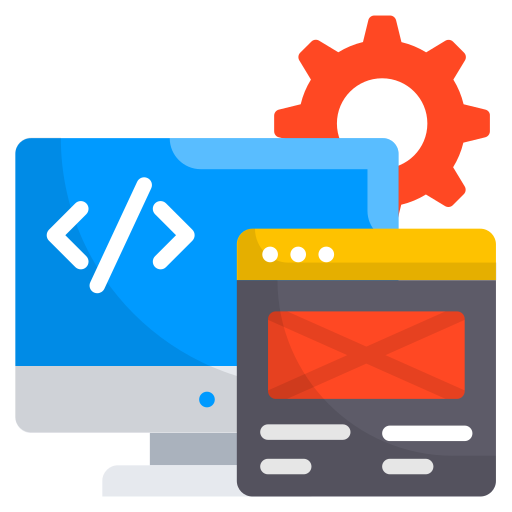


.png)

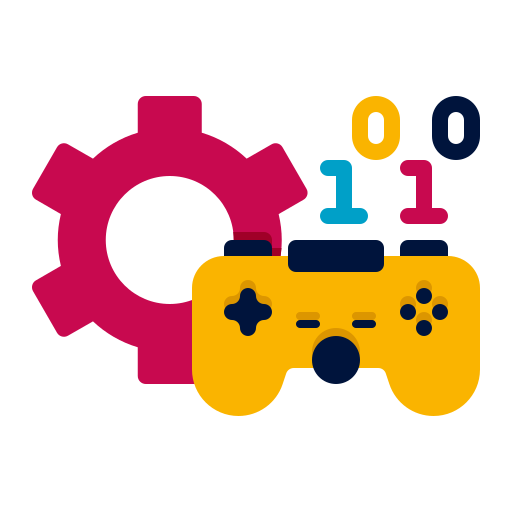
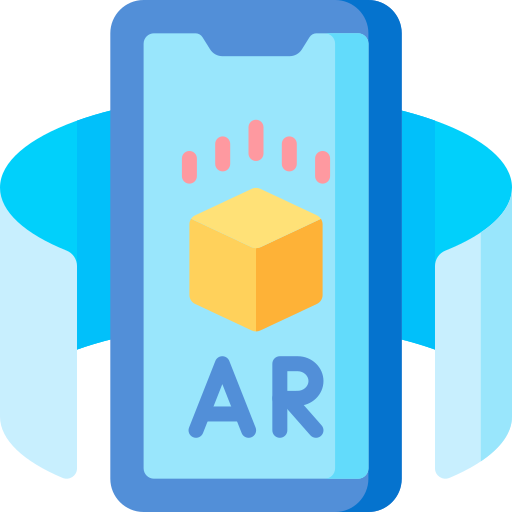
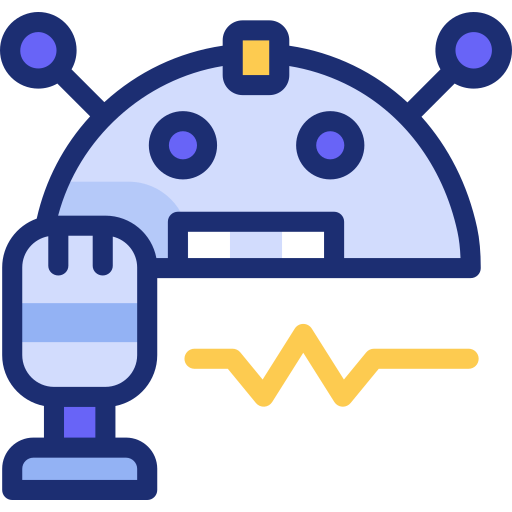


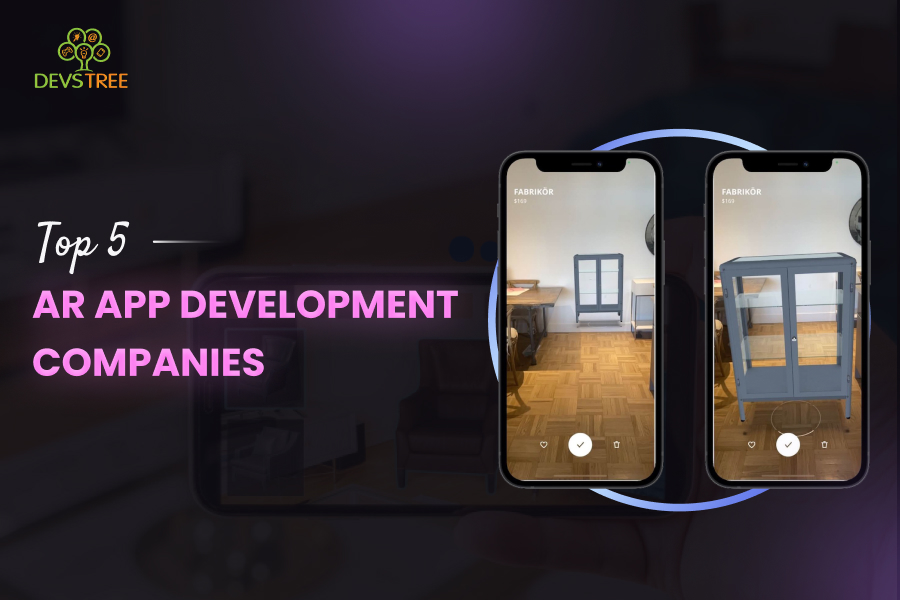
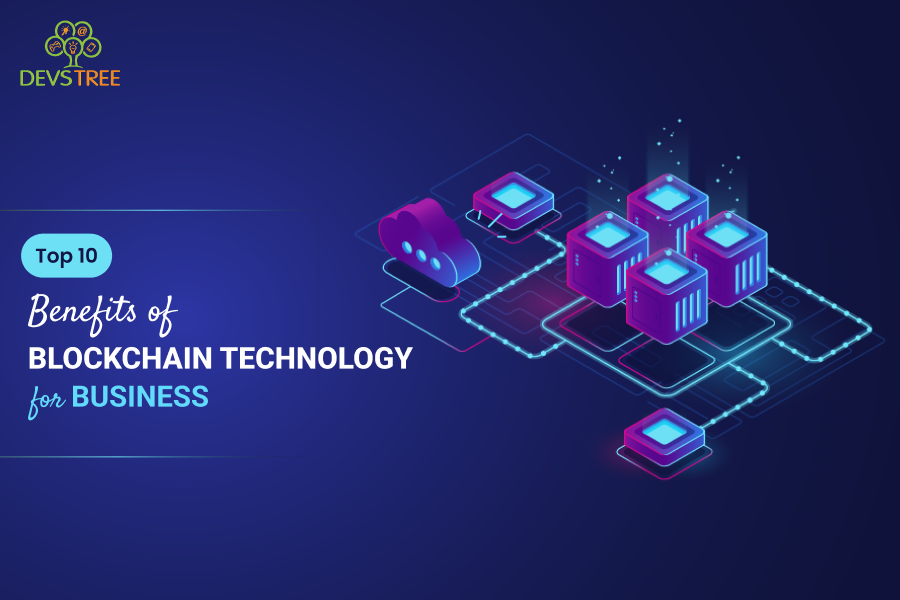
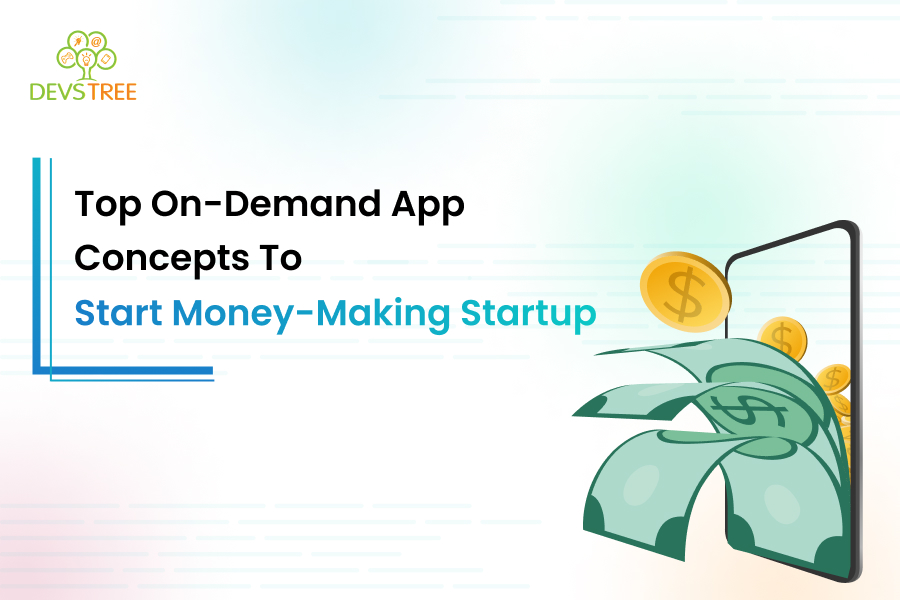
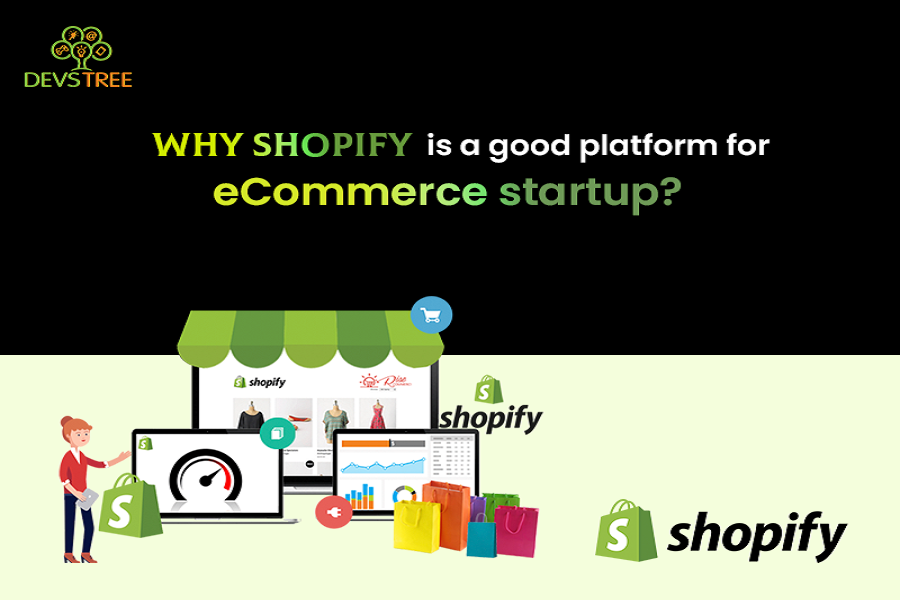
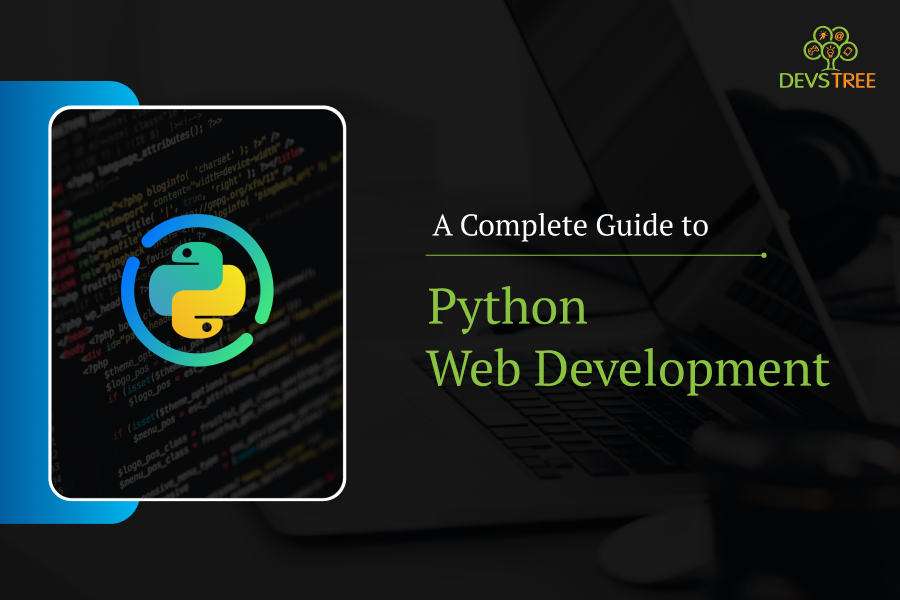
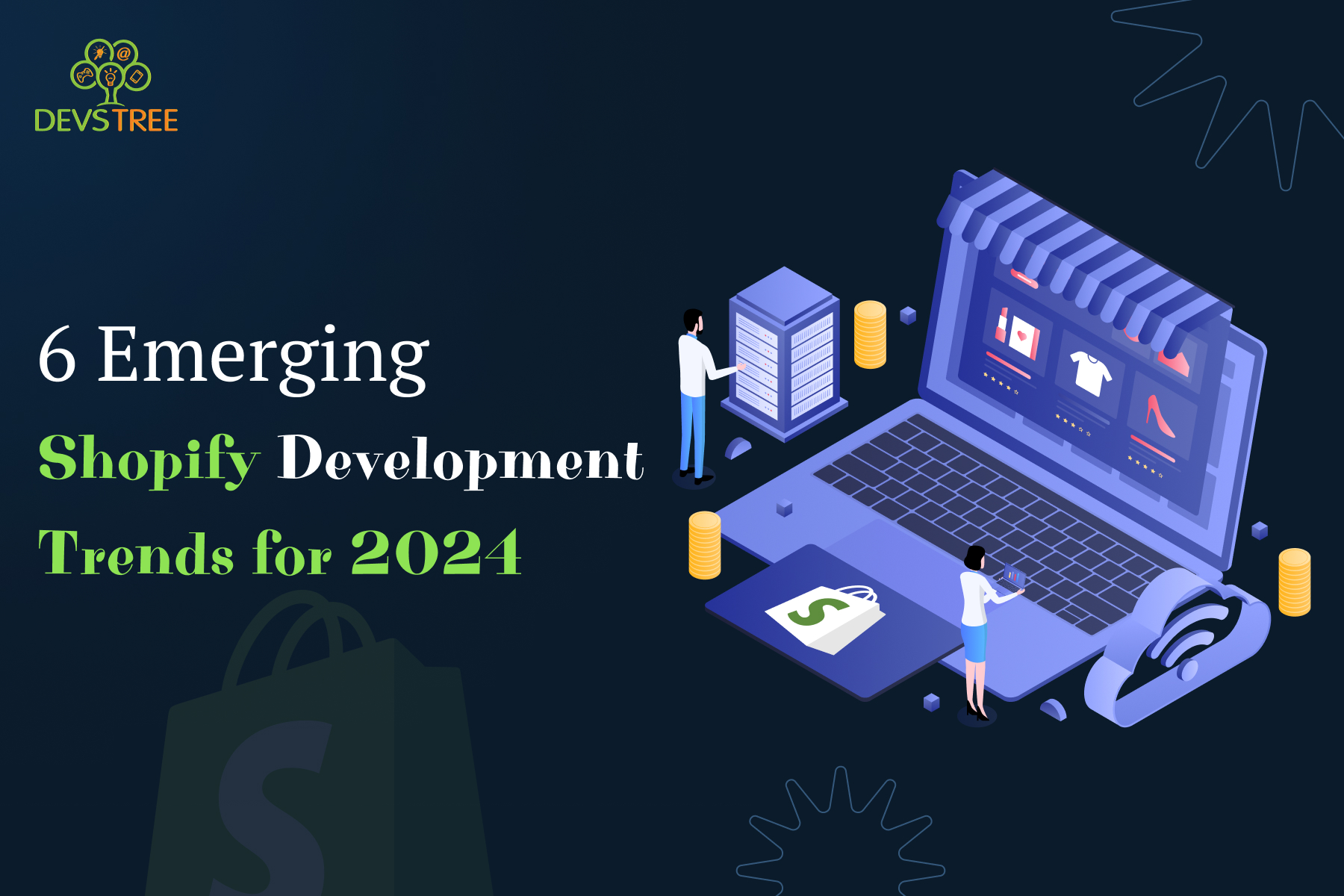
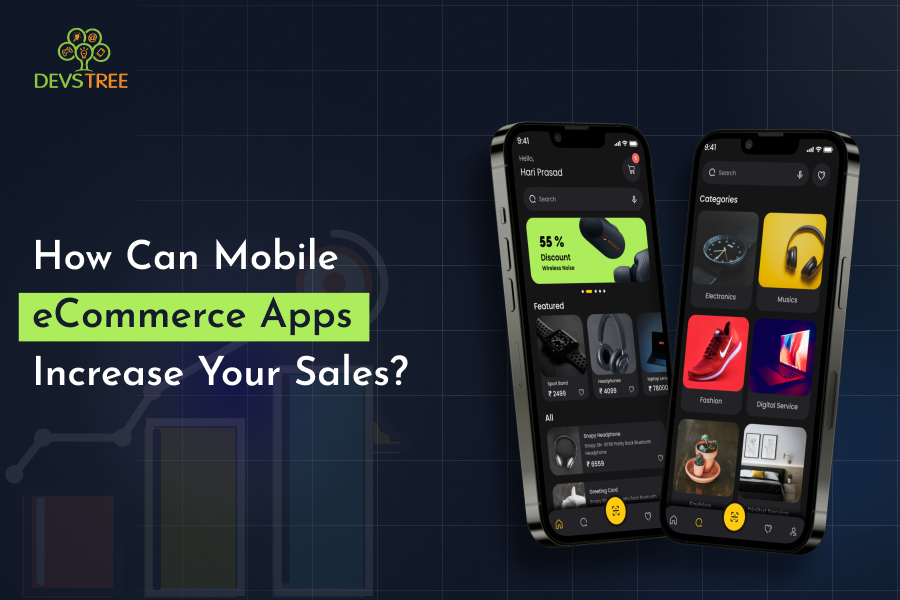
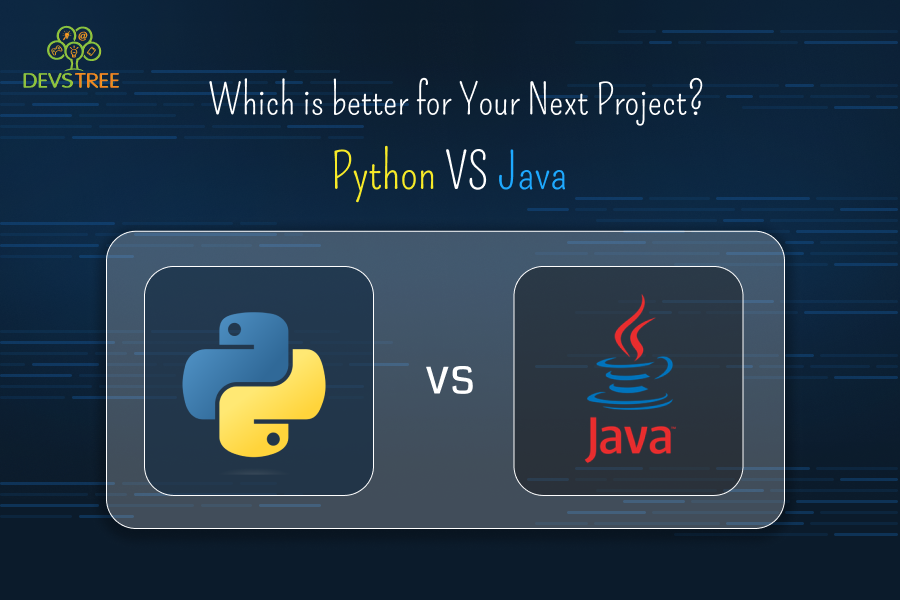
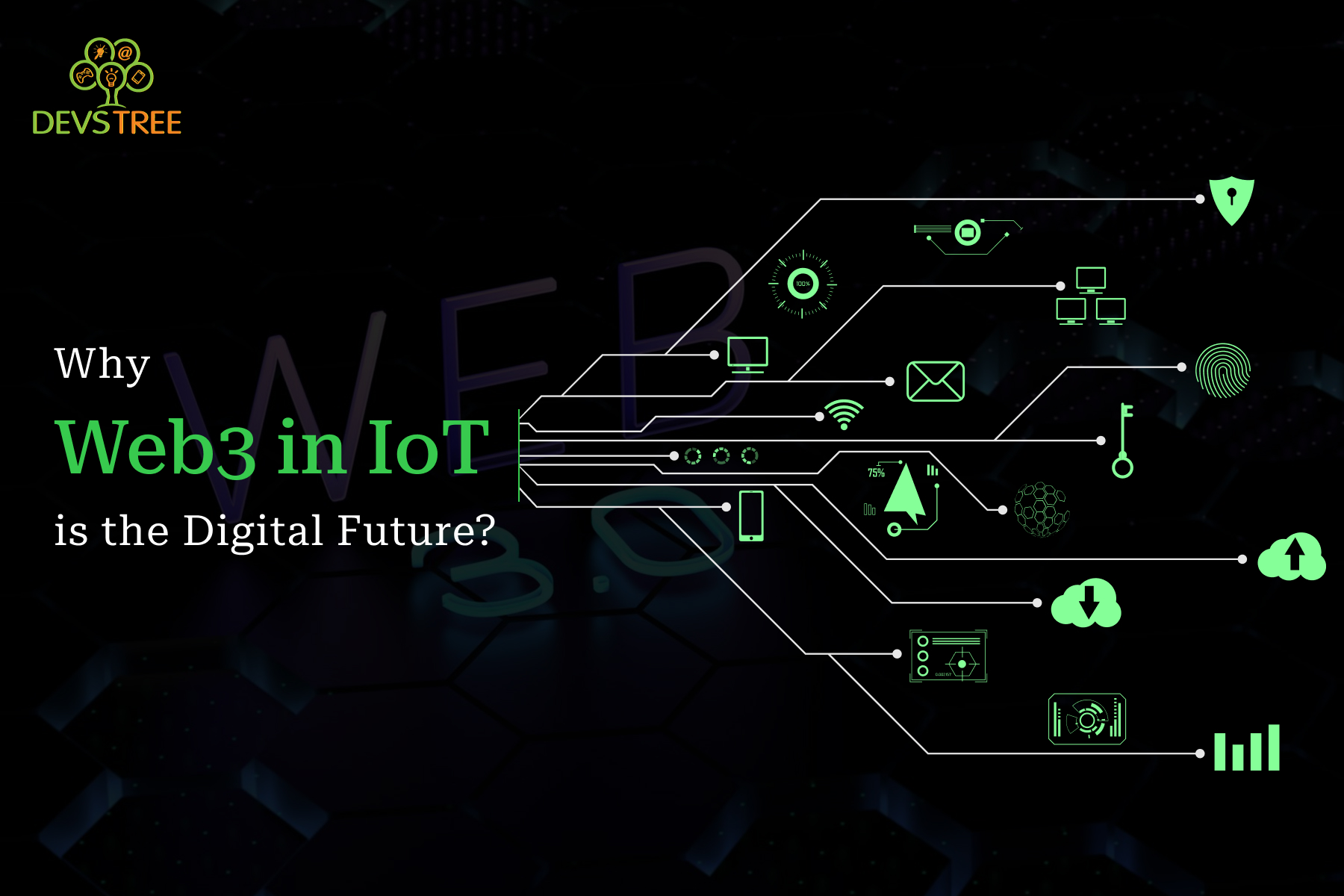
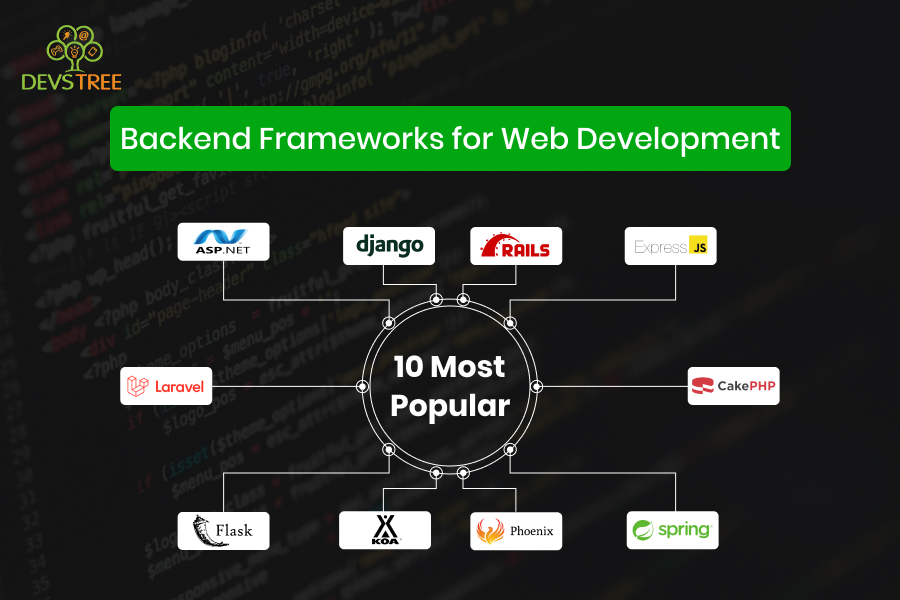
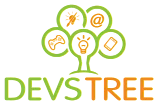




originil.webp)

originil.webp)

